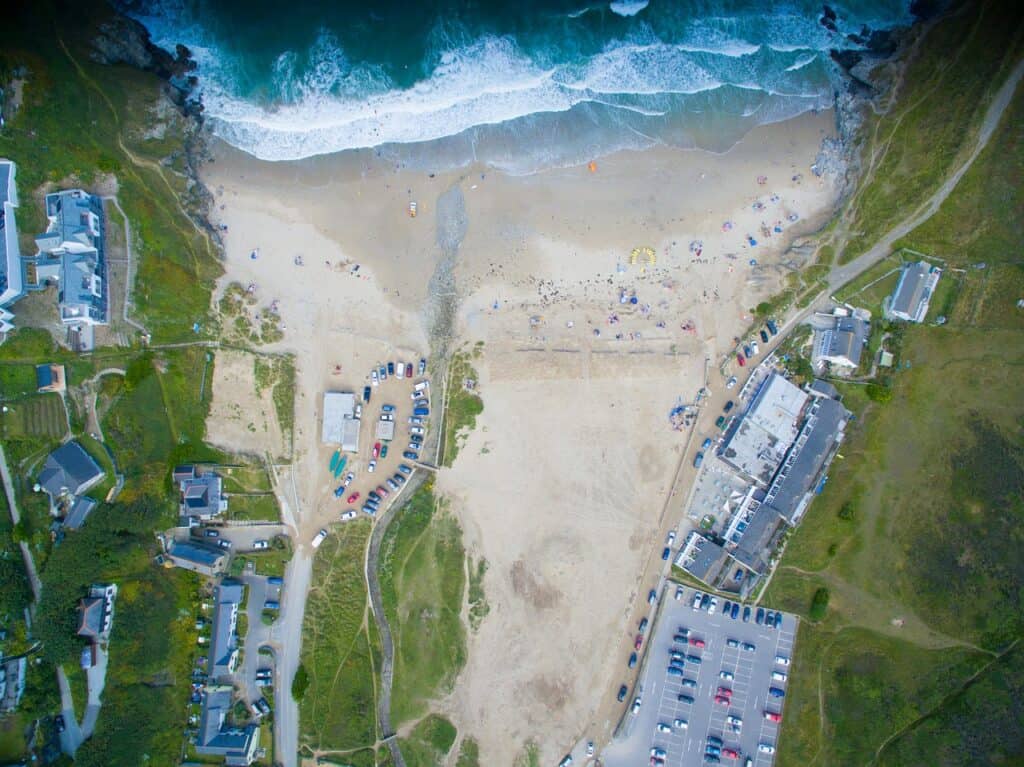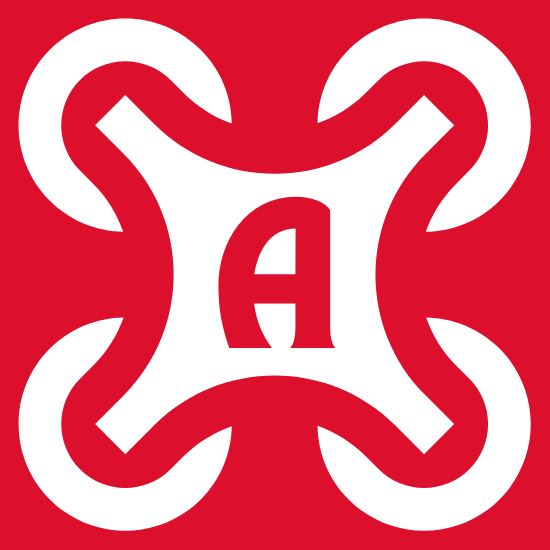Pipeline Protection Soars: How Drones are Changing the Game
Beneath the Earth’s surface, a sprawling network of pipelines transports vital resources to ensure our energy needs are met. The task of safeguarding these pipelines is no small feat. Traditionally pipeline inspection is labor-intensive and could be hazardous. However, the emergence of drone technology has changed this crucial industry practice. In this blog post, we’ll delve into the realm of pipeline inspection by drones, equipped with cameras and sensors, and explore how they make it safer, more efficient, and cost-effective.
Challenges of Conventional Pipeline Inspection:
Before we take flight into the world of drones, let’s first survey the hurdles associated with traditional pipeline inspection methodologies: The first concern is the safety risks as manual inspections often compel workers to venture into remote or perilous environments, posing serious safety concerns. Also, the traditional method can be very time-consuming. To cover vast stretches of pipeline by foot or vehicle can be a time-intensive endeavor. Apart from that many pipelines are situated in rugged terrains, making them challenging to reach. Additionally, traditional inspection methods can exert significant financial strain due to labor and equipment expenses.
Drones: A Paradigm Shift in Pipeline Inspection
Drones, or Unmanned Aerial Vehicles (UAVs), have emerged as the catalyst for transformative change in the realm of pipeline inspection. Here’s how they are rewriting the rulebook: Drones can surely inspect pipelines from above which enables inspectors to cover extensive distances swiftly and effectively. Also, armed with high-resolution cameras and sensors, drones capture intricate images and videos, and this allows inspectors to spot even the minutest issues such as corrosion, leaks, or damage. Nevertheless, drones liberate human inspectors from venturing into remote locations which mitigate risks to personnel. In terms of costs, using drones for pipeline inspection proves cost-effective, as it slashes the demand for extensive manpower and equipment. Last but not least, drones can relay real-time data to operators so they could make timely decisions and respond to any unexpected situations quickly.
Drones: A Paradigm Shift in Pipeline Inspection
Drones, or Unmanned Aerial Vehicles (UAVs), have emerged as the catalyst for transformative change in the realm of pipeline inspection. Here’s how they are rewriting the rulebook: Drones can surely inspect pipelines from above which enables inspectors to cover extensive distances swiftly and effectively. Also, armed with high-resolution cameras and sensors, drones capture intricate images and videos, and this allows inspectors to spot even the minutest issues such as corrosion, leaks, or damage. Nevertheless, drones liberate human inspectors from venturing into remote locations which mitigate risks to personnel. In terms of costs, using drones for pipeline inspection proves cost-effective, as it slashes the demand for extensive manpower and equipment. Last but not least, drones can relay real-time data to operators so they could make timely decisions and respond to any unexpected situations quickly.
The Drone-Powered Pipeline Inspection Process:
The deployment of drones for pipeline inspection typically unfolds through these steps:
1. Pre-Flight Preparations: Inspection teams meticulously chart the flight path, accounting for factors such as pipeline length, weather conditions, and potential obstructions.
2. Drone Deployment: A high-tech drone, armed with top-tier cameras and sensors, takes flight along the pipeline route.
3. Data Harvesting: The drone collects a trove of images, videos, and sensor data, which it promptly transmits in real-time to the ground-based inspection team.
4. In-Depth Analysis: Inspection experts scrutinize the data to unearth any telltale signs of corrosion, leaks, or damage, with advanced software often lending a helping hand in anomaly detection.
5. Comprehensive Reporting: The culmination of this process yields a detailed inspection report replete with images and findings, an invaluable blueprint for the planning of maintenance or repairs.
Drones have ushered in a new era of heightened safety and efficiency in pipeline inspection. Bestowed with the ability to deliver an aerial perspective and collect data of unparalleled quality, drones empower inspectors to swiftly and effectively pinpoint potential issues. As technology continues to evolve, we can anticipate even more advanced drone applications in the oil and gas industry, further fortifying the safety and dependability of our pipelines. At AUAV, we provide comprehensive solutions tailored to different industries.

